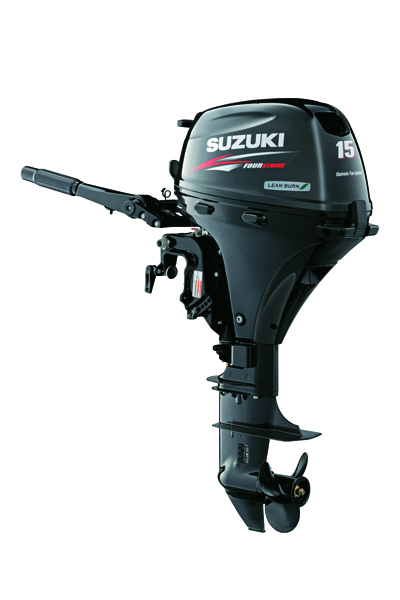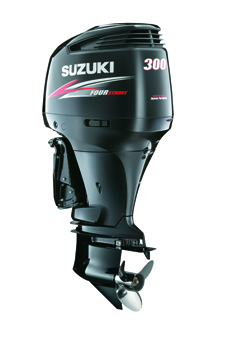SUZUKI NEWS
- NAFA
- Jul 1, 2012
- 2 min read
SUZUKI MARINE LAUNCHES IN WITH NEW LIGHTWEIGHTS Two new fuel-efficient and high performance 4-stroke outboard motors – the all-new DF20A and the new generation DF15A – are now on the Australian market.
These new models are claimed to be the first in their class to feature battery-less Electronic Fuel Injection. The new Electronic Fuel Injection system will also be combined with Suzuki’s Lean Burn Fuel Control system, which will result in a number of benefits for boaters such as: easier starts, more responsive acceleration, smoother performance and, above all, greater fuel efficiency. To achieve this, Suzuki engineers say they have designed a completely new fuel injection system for these models which includes: an inline high-pressure fuel pump; a throttle body and small fuel cooler; and a vapor separator and fuel injector. By designing these component parts to be smaller than those used on larger Electronic Fuel Injection engines (DF40-DF300), the overall weight of these new models has also been kept as low as possible. According to Suzuki’s internal testing, this means that, at just 44kg, the new models will be the lightest and most compact outboards in their class. The compact size and light weight of the new DF20A and DF15A make them an ideal power match for a wide variety of boats, including: small RIBs and tenders, day boats for inland waterways and small fishing boats. In particular, these new outboards will suit entry-level boating. These new small Suzukis are an excellent addition to the existing range of portable Suzuki outboards. SUZUKI SELECTIVE ROTATION Suzuki has launched its Suzuki Selective Rotation on the DF300AP outboard. When installing two or more outboards to the transom of a boat, a combination of regular-rotation and counter-rotation units is normally used. This means using two separate outboard models: a regular-rotation model and a counter-rotation model. The Suzuki Selective Rotation means that one outboard model can operate in either regular or counter-rotation modes. For those not familiar with the need for a counter-rotating model, the reasoning is simple. In most applications, when a boat requires twin engines to power and push it, the port side engine must use a counter-rotation lower unit (often referred to just as gearbox) and the starboard engine uses a normal clockwise-rotation lower unit. In a twin-engine application, this must be done so that the propellers are spinning in different directions. Suzuki says this results in less dirty water being drawn from each propeller causing ventilation (air around the blade area, a reduction in the tendency for a boat to list to the starboard and larger boats can manoeuvre at low speed when docking. This technology has been introduced on the new DF300AP. In its standard form, this new model will operate in regular-clockwise rotation, using the forward gear. Now, by changing the gear-shift mode and adding a counter rotational propeller, the same outboard can operate in counter-rotation mode (anti-clockwise). Suzuki claim that the new Suzuki DF300AP is the first outboard, or stern drive leg, in the world which can operate in either forward (clockwise) or reverse (anti-clockwise) direction. This type of lower unit will eventually be available in smaller horse power models.







